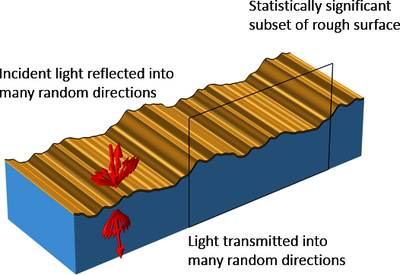

adopted a honeycomb as the internal structure of the product model to ensure the strength of the model while reducing material loss. To minimize the volume of truss structures, the authors propose an iterative algorithm by optimizing the rod radius, node position, and the number of truss structures.
Define internal surfaces gmsh skin#
The exterior of the model is a skin with a certain thickness and the interior is an optimized truss structure. used skin and internal rigid frames to represent the printable 3D model. gave a structural optimization method with periodic fine structure using FEA to model metamaterials, and the optimization criterion method to find the lightest microstructure that satisfies the prescribed properties.įor the design of porous objects, Wang et al. After reviewing the application cases of topological optimization methods based on homogenization theory in metamaterial modeling, Sigmund et al. Homogenization theory is a common approach in the optimal design of porous structures, which discretizes the structure into periodic pore microstructures. developed a new data-driven approach to derive an ideal microstructure and mechanical properties, which combines the thermal-fluid dynamics model, physical-based models, and experimental measurements. obtained super-strength, low-density, and large-ductility composites by adjusting the dispersion and morphology of the face-center cubic matrix to alleviate the harmful effect on the ductility of the alloy, which is even stronger than the known titanium alloys with the highest strength. Several theories have been developed for the design and optimization of porous structures. The lack of porous structure design methods has become an urgent problem in the process of new product development. However, existing CAD modeling methods are advantageous in representing simple and regular homogeneous structures and lack effectiveness in modeling porous structural entities with irregular structures or varying material distribution. The forward modeling, including constructive solid geometry (CSG) and boundary representation (Brep), is a process from scratch, which has more design freedom and is more conducive to exploiting the performance advantages of porous structures.

However, these advantages are based on the existing physical prototype, which does not facilitate the exploration of new porous structures. This method can effectively shorten the product design and development cycle and reduce the cost and risk of new product development. Reverse modeling is known as a technique of obtaining a 3D digital model of an object through scanning or measuring the physical model. The modeling methods for products can be divided into two categories: forward modeling and reverse modeling. However, due to the irregularity and intricacy in cells and internal components, porous structures pose a new challenge to traditional CAD and manufacturing techniques. By changing the topology of these primitive cells and the proportion of each unit, various composite materials with extreme properties can be designed, such as low thermal expansion coefficient materials with planar fine structure, negative Poisson’s ratio materials, high-performance piezoelectric ceramic materials. Porous structures have stronger scalability in physical and mechanical properties and have solved the problems of light-weighting, explosion-proof, and tribology in engineering. Porous objects are structures with special physical properties and mechanical characteristics through components and conformations. Mechanical products are evolving from a single structure to products with more complex internal components. With the rapid development of aviation, mechatronics, biology, and medical technologies, many fields have put forward requirements for structures with special properties including light weight and strong rigidity, which regular structures cannot satisfy.


 0 kommentar(er)
0 kommentar(er)
